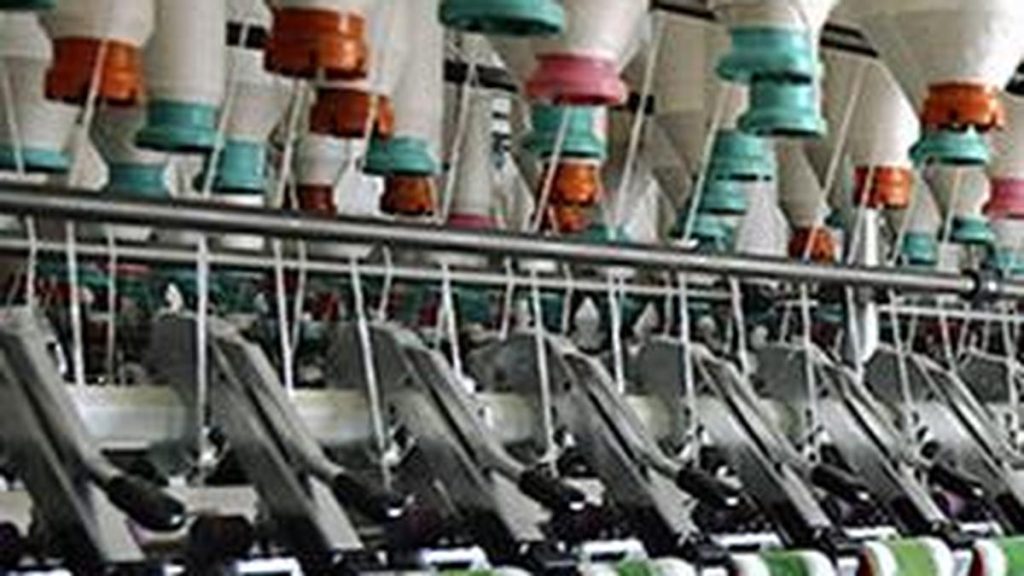Now Reading: Why Women Process Alcohol Differently Than Men
-
01
Why Women Process Alcohol Differently Than Men
Why Women Process Alcohol Differently Than Men

Quick Summary
- Key Biological Differences: Women get drunk faster than men due to physiological differences.
– Lower body water percentage in women means less fluid to dilute alcohol,leading to higher blood alcohol concentration (BAC).
– Women produce up to 40% less alcohol dehydrogenase, an enzyme that breaks down alcohol before it enters the bloodstream.
- Elevated BAC and Risks:
– Women experience a quicker rise and longer persistence of BAC compared to men of similar age, weight, and drinking pace.
– This increases health risks for women, including liver damage, heart problems, certain cancers (e.g., breast cancer), cognitive impairment, hormonal imbalances, mental health challenges, and complications during pregnancy.
- Health Guidelines: Recommendations suggest lower drinking limits for women-one standard drink per day versus two for men-and studies indicate any level of alcohol consumption could be unhealthy.
Indian Opinion Analysis
The findings highlight critical biological differences that necessitate gender-specific health guidelines regarding alcohol consumption. For India-a country witnessing rising urbanization and shifts in social norms around drinking-these insights are notably relevant. They emphasize the need for awareness campaigns tailored towards women’s specific vulnerabilities related to alcohol use.
Additionally, these findings could prompt discussions on public health policies addressing drinking limits alongside broader societal efforts against substance abuse in india. As India’s healthcare system continues addressing gender-sensitive issues more holistically, scientific insights like this should inform both individual choices and systemic interventions across education and wellness platforms.
























